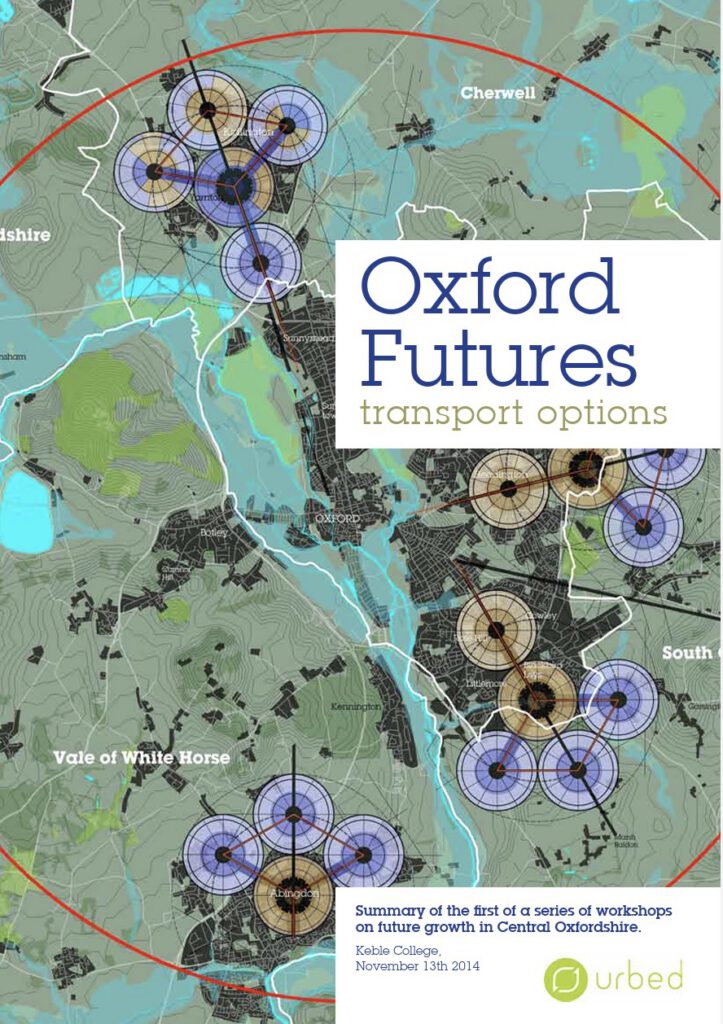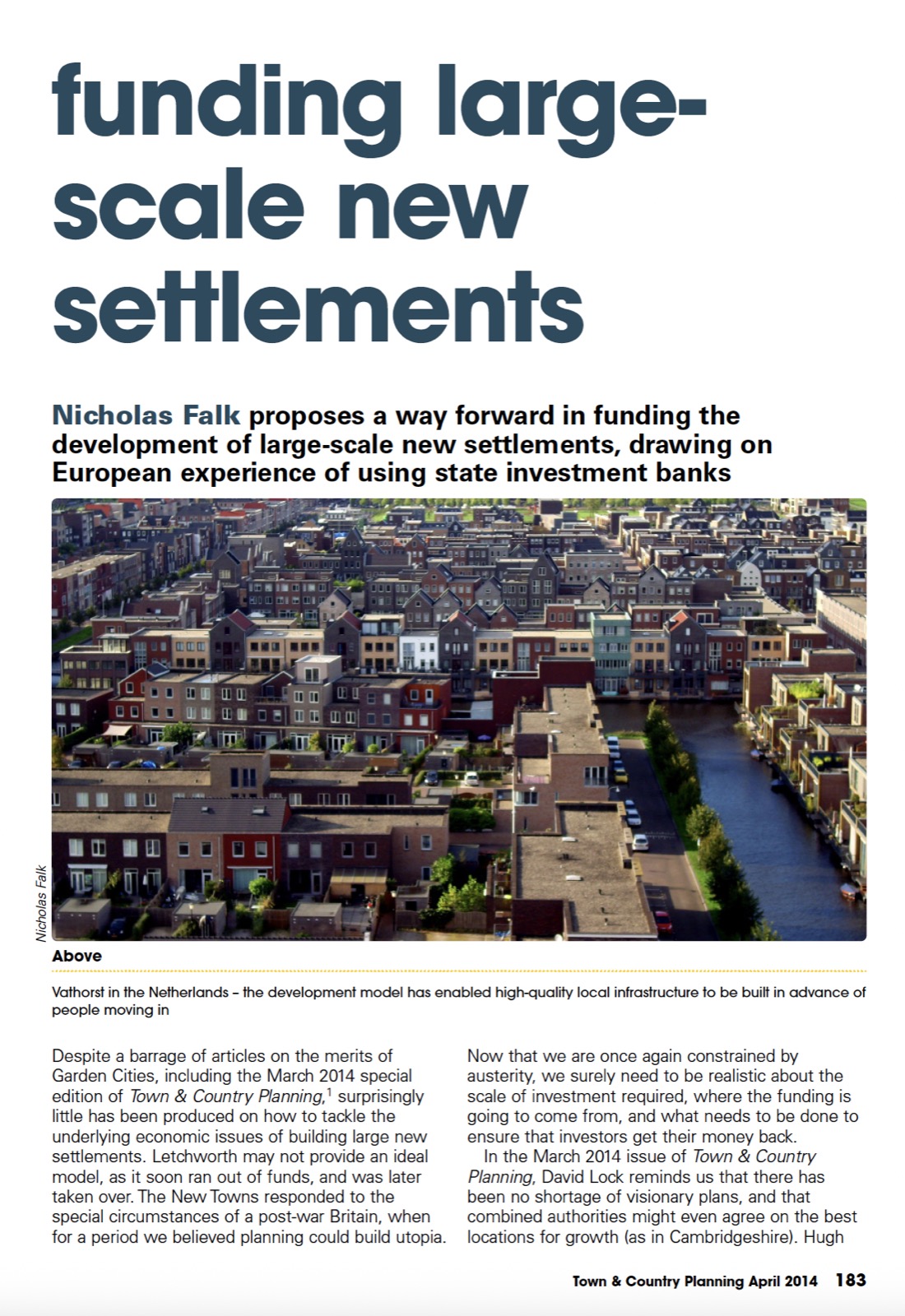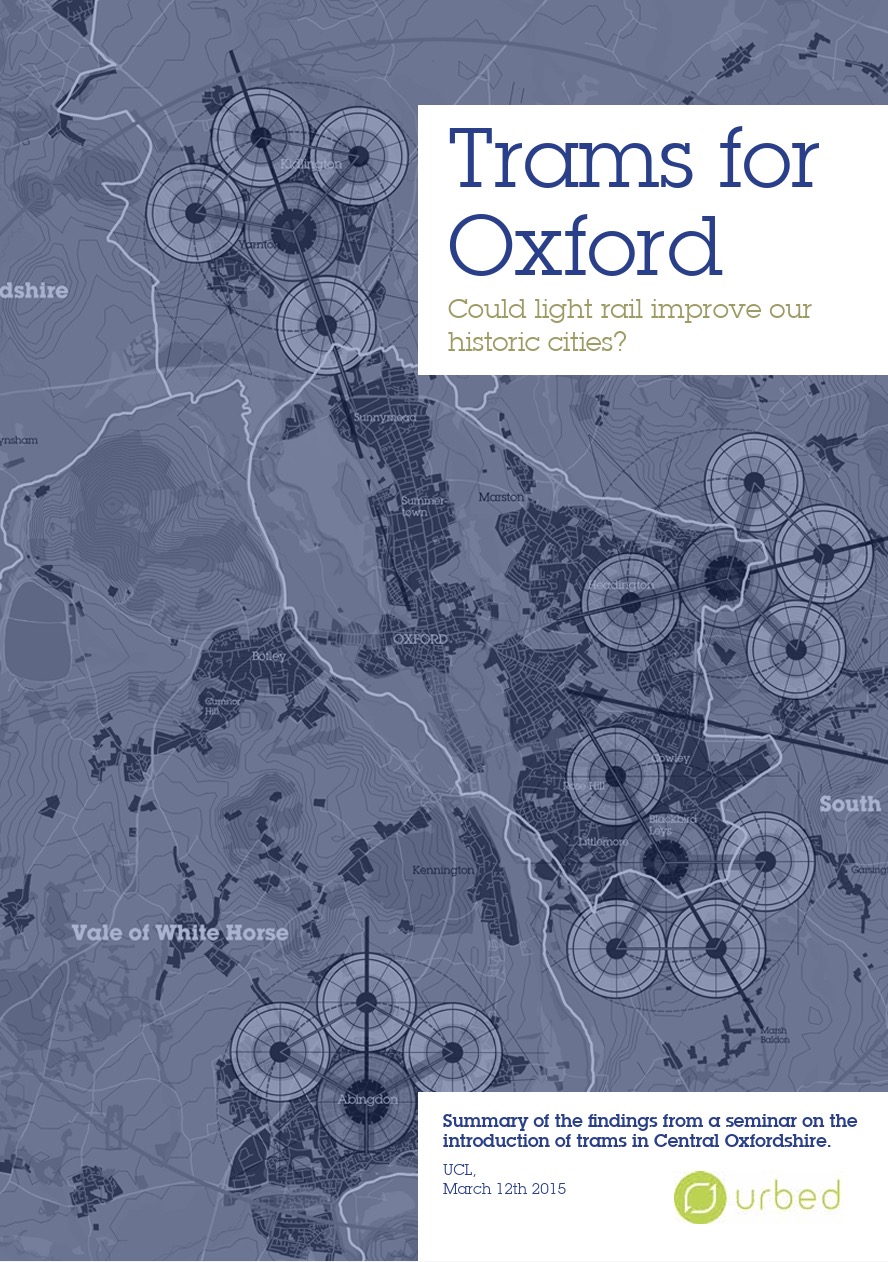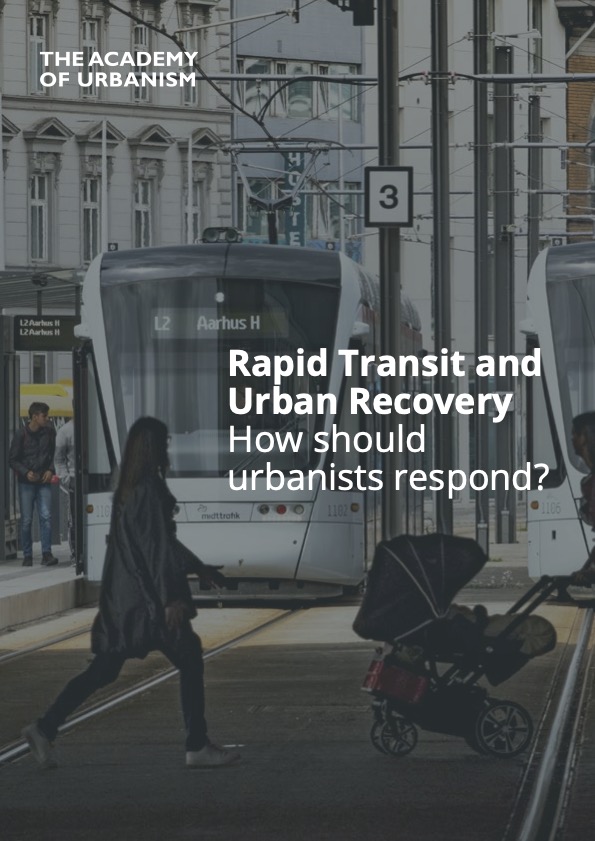This report presents the findings from the first workshop focused on the future growth of Central Oxfordshire, organised by URBED and Keble College. It emphasises the urgency of managing urban expansion effectively, particularly through enhancing transport infrastructure and housing development. Oxford faces significant challenges related to congestion, housing affordability, and the need to maintain its cultural and environmental character. Key proposals include developing a comprehensive, integrated transport system, inspired by models like Grenoble’s tram system, that reduces city centre traffic and promotes sustainable travel modes such as cycling and public transit. Funding for new infrastructure could be garnered through land value uplift strategies, with an emphasis on capturing the benefits of development to finance transportation projects.
The report underscores the importance of concentrating growth within a five-mile radius of Oxford’s centre, supported by fast, reliable public transport links, to minimise car dependency. It advocates for a spatial plan that encourages higher-density, affordable housing, with a focus on accommodating long-term population growth and the university’s staffing needs. Furthermore, stakeholder engagement and demonstration projects are essential to build consensus and show tangible benefits.
Overall, the report highlights the need for a coordinated, strategic approach that combines transport innovation, land use planning, and community participation to support sustainable, inclusive growth for Oxfordshire.





